By Roger Grody
In a world filled with compelling architecture, there is little reason to stay in a nondescript glass-and-stucco hotel replicated in cities around the world without regard to local culture or sensibilities. For travelers seeking enrichment from their destinations, the first priority is booking a room at an architecturally distinctive hotel, one with historic significance or contemporary aesthetics imagined by a world-class architect.
Emphasizing the diversity of hotel design, Shelley Hornstein, senior scholar and professor emerita of architectural history and visual culture at Toronto’s York University, notes, “Architecturally important properties aren’t necessarily luxury properties.” She reports that architectural tourism has become extremely influential in the hospitality industry, based on the draw of UNESCO World Heritage sites alone, and that social media fuels the trend. “Instagram, for example, is one principal ‘venue’ that has taken site awareness to meteoric levels!” says Hornstein, whose most recent book is Architectural Tourism: Sight-Seeing, Itineraries and Cultural Heritage.
Regarding hotel aesthetics, Hornstein suggests, “For those who can afford it, design tops all. We see this from hotel industry advertising, and the latest and greatest are always sought after.” Explaining that hotel architecture is demographically driven, Hornstein notes that comfort and convenience are frequently sacrificed for trendy design. “Function was always trumped, it seemed, by what sold well in a picture,” observes the professor.
The UniqHotels website is one source of the kind of images Hornstein contends are so powerful for hospitality consumers. It is valued by travelers looking for memorable accommodations, from treehouses to ice hotels, Hong Kong skyscrapers to Moroccan desert camps. Recounting the genesis of his venture, founder Daniel Hoffmann reveals, “My travels to over 70 countries made me realize the finite chances of staying in genuinely unique accommodations in our lifetime.” He began building a database that ultimately evolved into the UniqHotels platform, now boasting approximately 1,500 listings.
Hoffmann describes UniqHotel’s readers as travelers and adventure-seekers searching for inspirational accommodations, but they are not necessarily architecture buffs. “Due to the heavy focus on visual presentations, UniqHotels can be a source of entertainment for anyone, even if a visitor is not specifically interested in architecture,” says the European-based travel advisor.
One UniqHotels listing is Fogo Island Inn, perched on a windswept cliff along the coast of Newfoundland. Despite its incorporation of elements from traditional local architecture, one would hardly expect to find this modern minimalist hotel in such a remote location.
Designed by architect Todd Saunders (based in Norway but a native Newfoundlander), the property’s 29 one-of a-kind rooms or suites feature wood-stove fireplaces and commanding views of the rugged North Atlantic coastline through floor-to-ceiling windows. Representing the ultimate Fogo Island accommodations is the Inn’s 1,100-square-foot Flat Earth Suite, showcasing panoramic views in three directions.
“Fogo Island Inn is deeply tied to Fogo Island and the architectural traditions of outport Newfoundland in the way it meets with the natural landscape,” reports Amanda Decker-Penton, director of the Inn. “Fogo Island Inn’s contemporary design is the perfect marriage of old and new, and speaks to both our past and our present —and, of course, our future,” she adds. An initiative of Shorefast, a nonprofit founded by eighth-generation Fogo Islanders, the hotel is exceptionally eco-friendly, and everything from building materials to the seafood served in the dining room are sustainable. “From its inception, Fogo Island Inn has adopted a responsible approach to design in order to uphold a high-fidelity relationship with the natural world,” explains Decker-Penton. The project and its impact on the community were captured in the award-winning 2015 documentary film Strange & Familiar: Architecture on Fogo Island.
Rioja is Spain’s most legendary winegrowing region, where grapes have been cultivated since the Phoenicians occupied the Iberian Peninsula. Rioja has a traditional, old-school reputation, but the Hotel Marqués de Riscal challenges that image. The dazzling hotel, connected to a venerable winery of the same name, is instantly recognizable as a Frank Gehry original, as its wavy metallic skin is reminiscent of the architect’s iconic Disney Concert Hall in L.A. or Guggenheim Museum in Bilbao. What gives this structure new dimension is an injection of wine country color into its ribbons of titanium, a delightful contrast to the vineyards surrounding it.
The terms of Gehry’s engagement for the design were reportedly agreed to over a bottle of Marqués de Riscal 1929 (the architect’s personal vintage). The winery subsequently named a new wine, the Frank Gehry Selection, after the architect, and the hotel’s Gehry Suite offers spectacular views of vineyards and the medieval village of Elciego. The renowned architect said of this project, “I wanted to design something exciting and festive, because wine is pleasure,” and playfully characterized his effort as “a marvelous creature, with its hair flying in all directions, launching itself over the vineyards.”
So many great architects have left their imprint on Chicago’s skyline that the Windy City is essentially an ever evolving museum of architectural history. Among its collection of distinctive hotels is The Langham Chicago, a luxury property occupying 13 floors of a high-rise designed by groundbreaking modernist Mies van der Rohe.
First impressions are important when traveling, and the hotel lobby — what guests experience upon walking through the door — can become a meaningful memory even before receiving their room key. Floating above The Langham Chicago’s main lobby, a sleekly furnished mid-century-inspired space, is a striking 60-foot installation of handblown glass, designed by Jana Růžičková and Tomáš Hovorka of Lasvit, a renowned Czech glassworks firm. “Chicago architect of record Goettsch Partners and London-based interior designer Richmond International created a space that marries the traditional aesthetics of The Langham brand within a Mies van der Rohe- designed building,” explains Langham Chicago managing director Edward Shapard. “The marriage between fine art, architecture and interiors is prevalent throughout the hotel,” he adds. Prior to the pandemic, and planned to
resume, are hotel art tours that connect guests with the building’s architectural heritage.
Located in China’s picturesque Zhejiang province, close to Shanghai, is the Sheraton Huzhou Hot Spring Resort, a 27-story horseshoe-shaped structure, equal parts sculpture and hotel. Evocative of a ring, the moon or a traditional Chinese bridge, the structure is dramatically reflected on the surface of Lake Tai, especially when illuminated at night. The hotel was designed by MAD Architects — the global firm is known for its playful, audacious approach to design — and its signature tower rises 400 feet above the water.
According to Judy Shen, deputy general manager of Sheraton Huzhou Hot Spring Resort, guests are captivated by the design, and tourists share photos of it on social media. “Even if they’re not guests, young visitors still like to pay a visit and mark the unique experience with a photo,” says Shen, comparing the property to iconic hotels like Burj Al Arab in Dubai. “The architectural design of the hotel plays a very important role in helping consumers make a decision,” adds the manager. “Hotels with special architectural features represent an important collection within Marriott International’s overall portfolio, and significantly affect guests’ expectations of their experience,” Shen states.
Like its sister city of Las Vegas, the gambling capital of Macau features an eclectic array of architectural styles, but the late Zaha Hadid wanted to create something unique to this former Portuguese colony off the coast of China. Her futuristic design for the 40-story Morpheus hotel is wrapped in a free-flowing lattice inspired by Chinese jade carving traditions. Project director Viviana Muscettola explains, “Macau’s buildings previously referenced architectural styles from around the world, but Morpheus has evolved from its unique environment and site conditions as a new architecture expressly for this city.”
Among the diverse properties listed on UniqHotels are the Taj Lake Palace on an island in India’s Lake Pichola, Budapest’s Four Seasons Gresham Palace whose Art Nouveau lobby is stunning and Los Angeles’ Ace Hotel, which oozes Hollywood heritage.


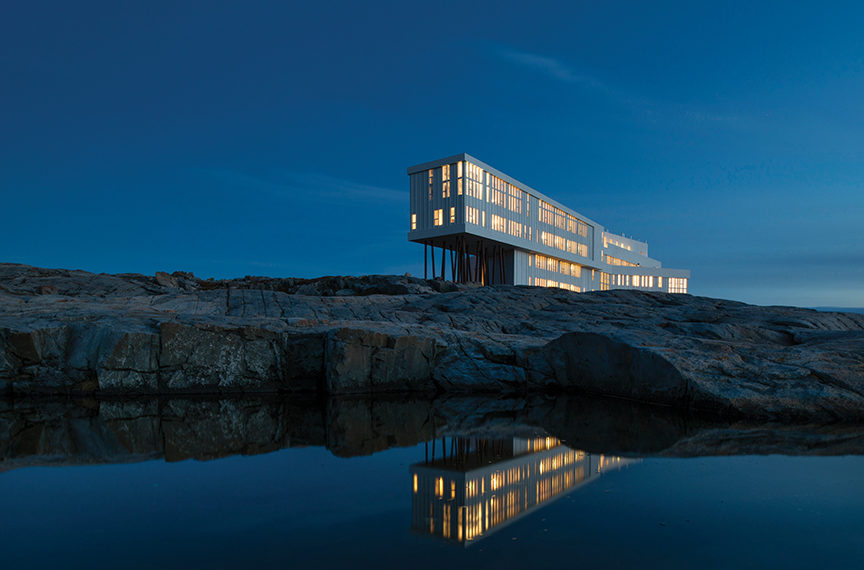
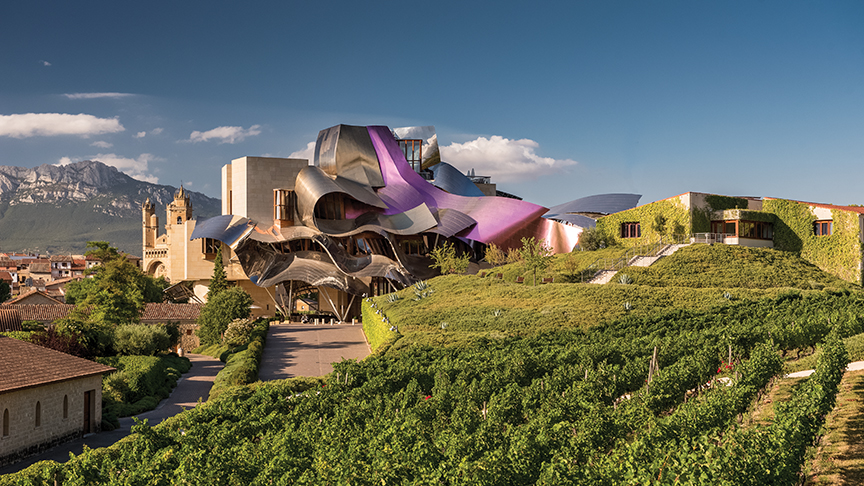
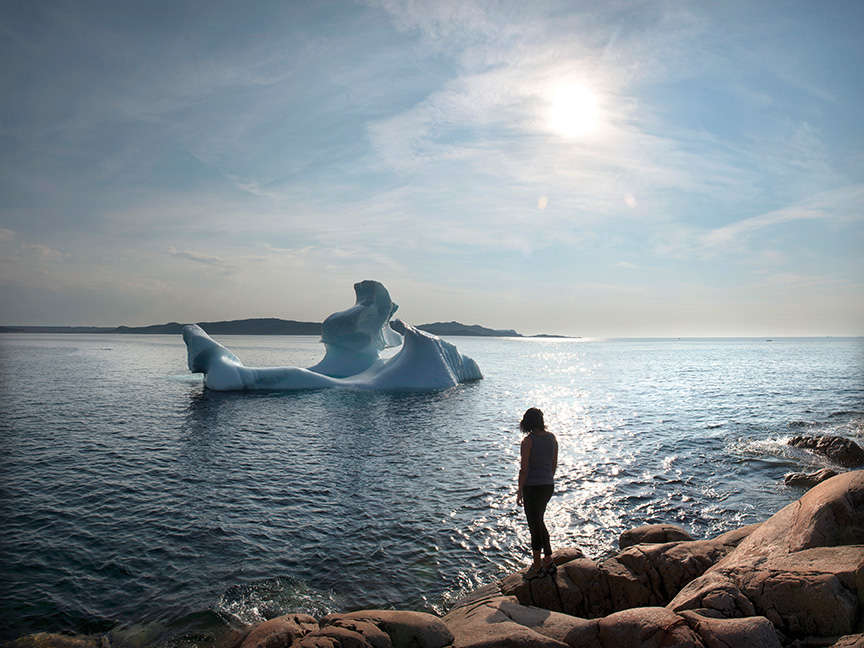
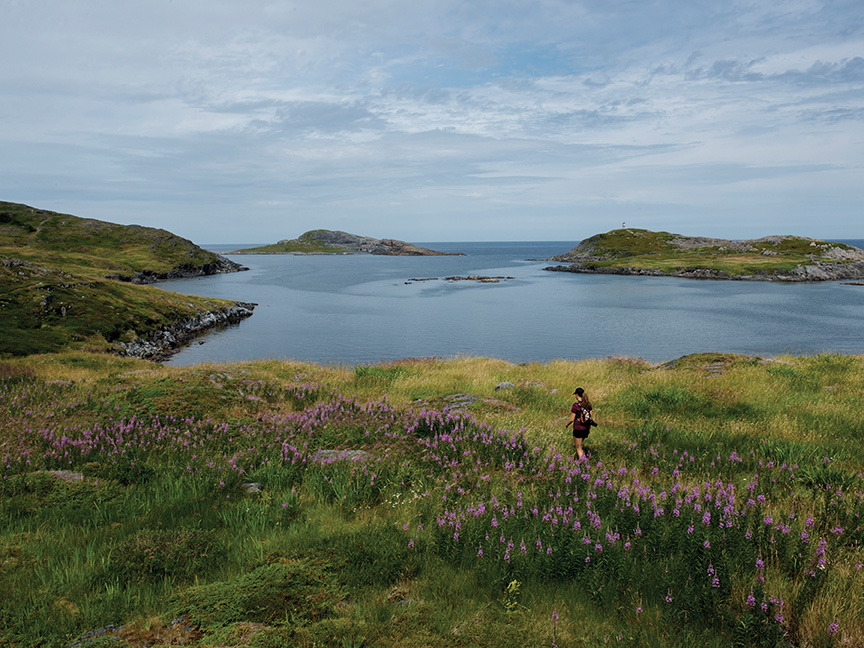
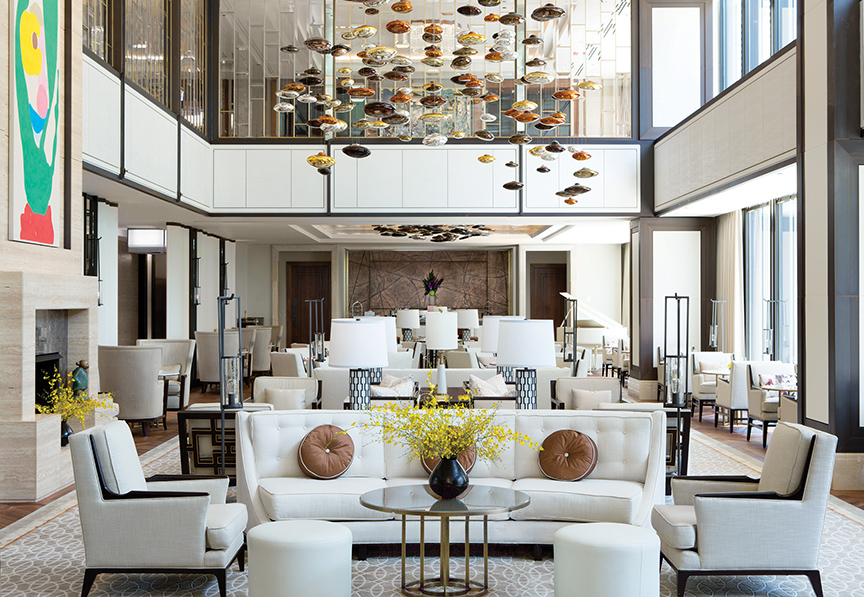
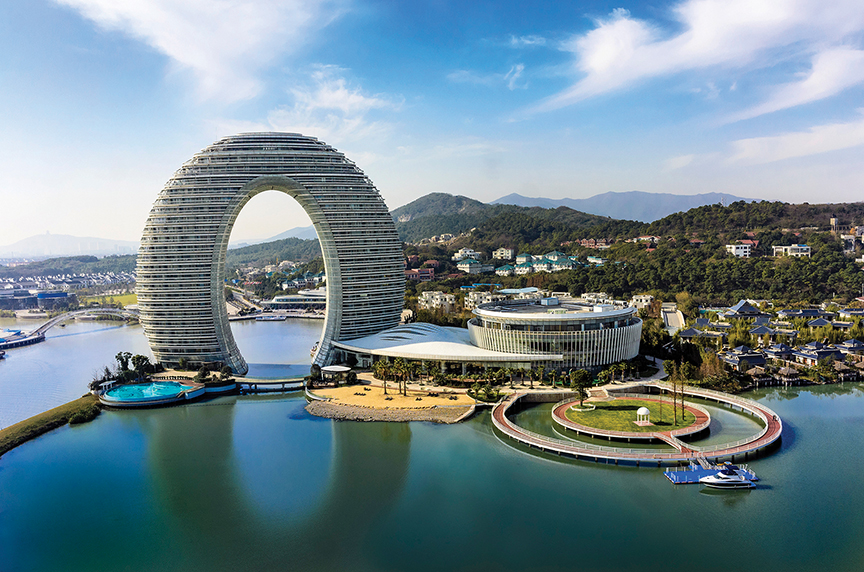
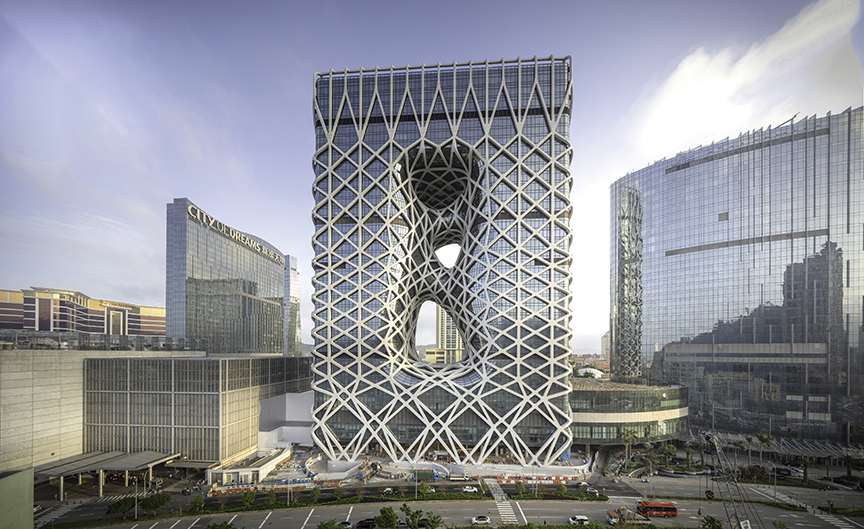
Leave a Reply